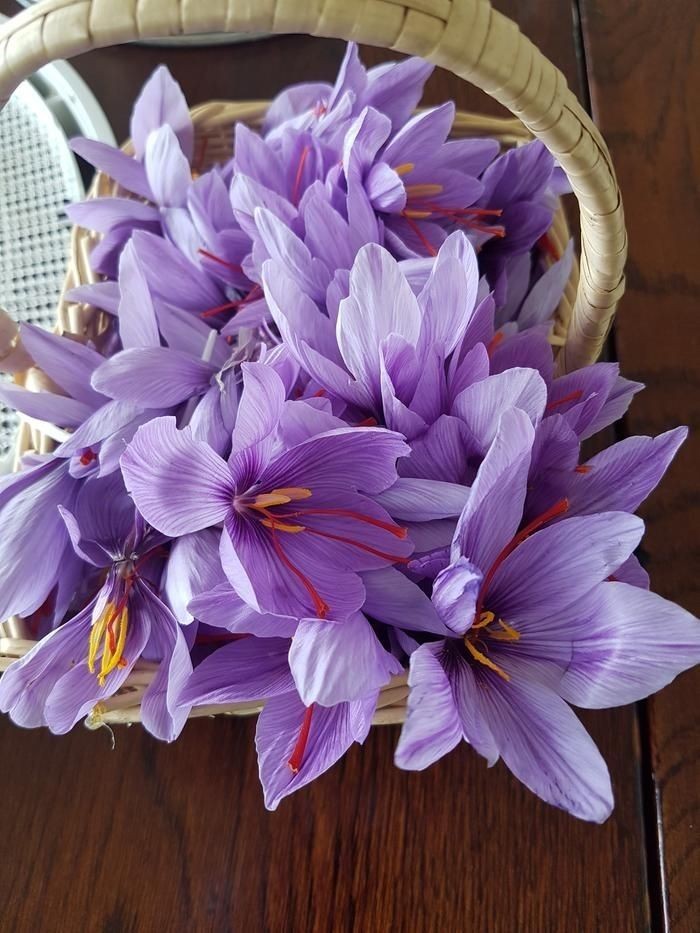Categories
The latest content
-
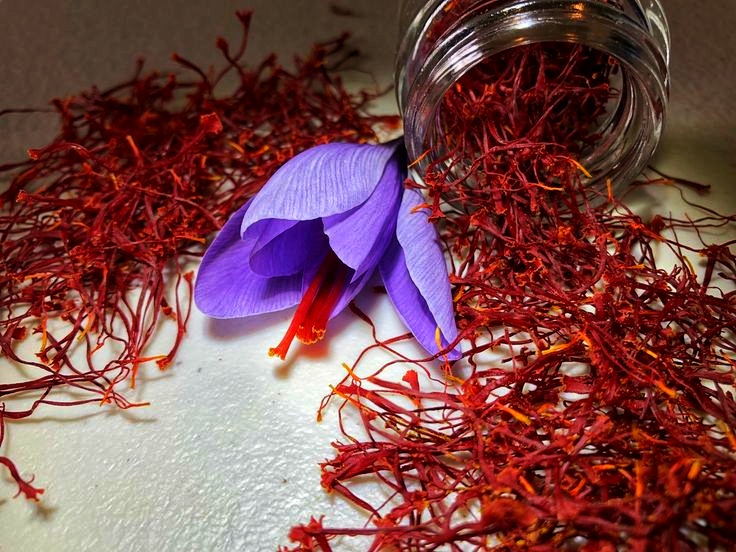
Unlocking the Golden Opportunity; How Afghan Importers & Distributors Can Profit from Iranian Saffron?
..
-
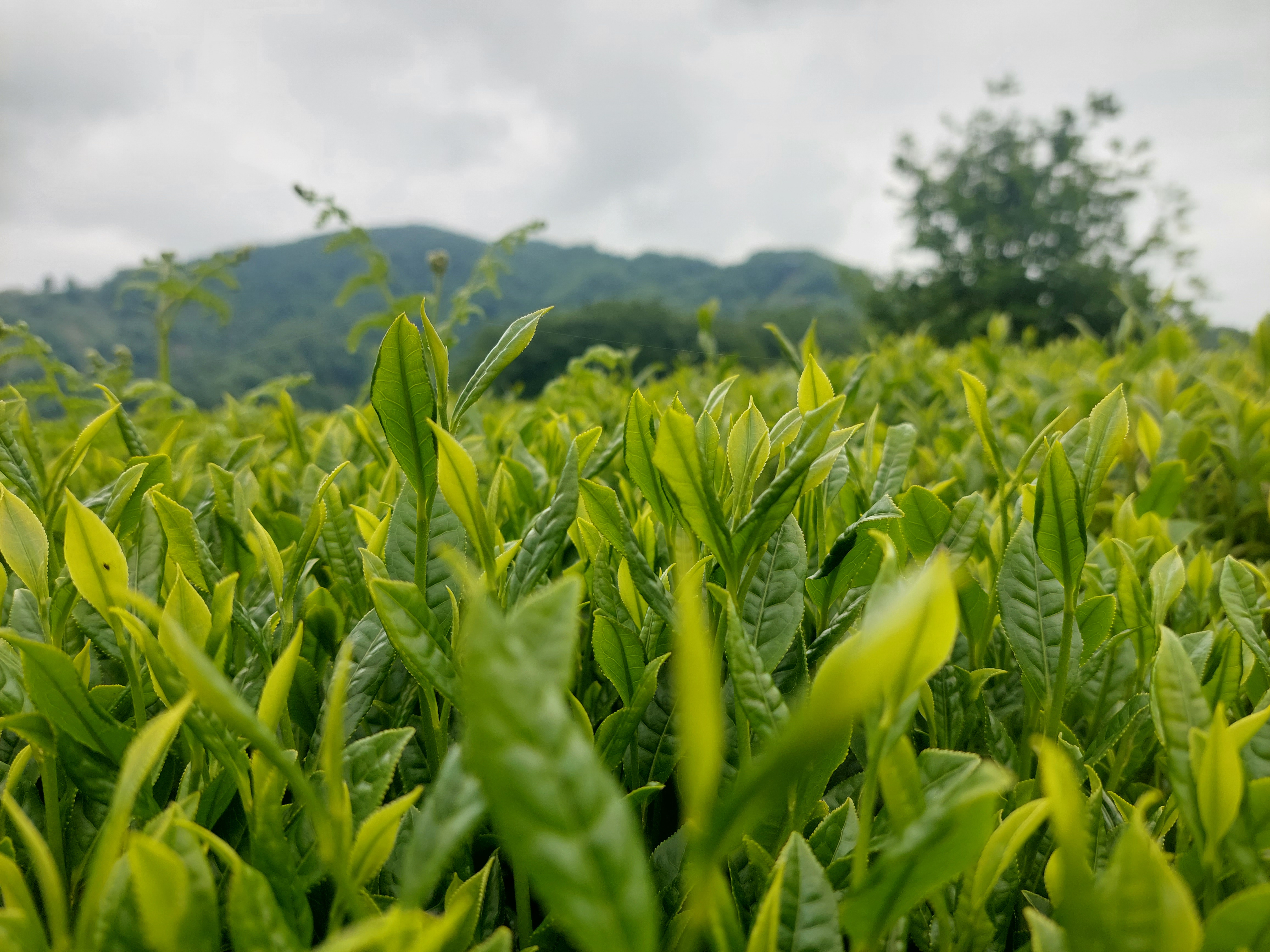
Top Types of Iranian Tea Preferred by Egyptian Consumers; A Guide for Importers and Distributors
..
-
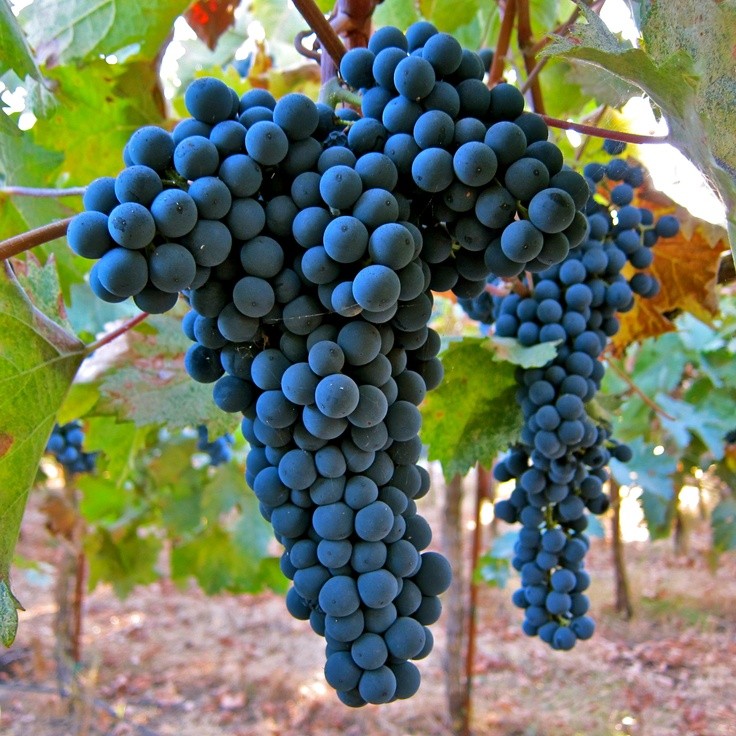
How to Source Iranian Black Raisins; What Global Buyers Should Know
..
-

The History of Olive Cultivation in Iran; From Ancient Roots to Global Markets
..
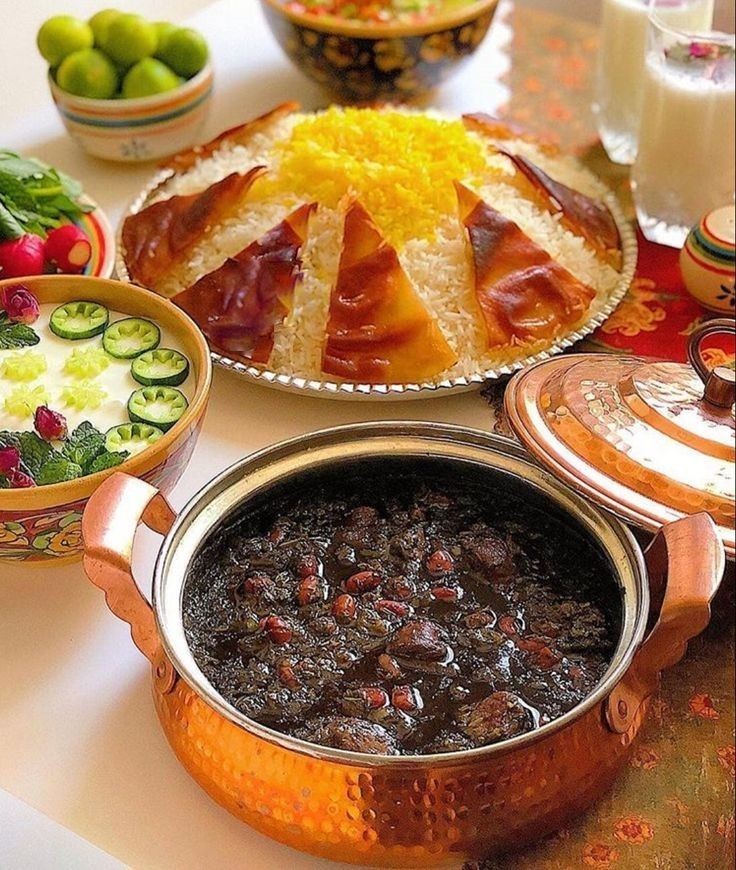
Tags
Persian Perfection Meets Asian Tradition: How Iranian Rice Can Transform Southeast Asian Restaurant Menus

Rice is the heartbeat of Southeast Asian cuisine. From Thailand and Indonesia to Vietnam, Malaysia, and the Philippines, rice is not just food—it is culture, identity, and comfort. Whether in a fiery nasi goreng, a delicate khao pad, or a coconut-infused nasi lemak, rice is the anchor that carries flavors, traditions, and stories across generations.
As Southeast Asian chefs and restaurateurs seek new ways to stand out in an increasingly competitive and globally connected food industry, the quality of core ingredients becomes essential. This is where Iranian rice enters the culinary conversation—as a luxurious, aromatic, and versatile grain that has the power to elevate the most cherished dishes of the region.
Why Iranian Rice?
Iranian rice varieties such as Domsiah, Hashemi, and Tarom are globally recognized for their:
• Exceptional Aroma: Often compared to jasmine rice but with a more earthy, buttery note.
• Long, Slender Grains: Perfect for presentation, they remain distinct and elegant on the plate.
• Premium Texture: Soft yet structured; ideal for both dry and moist rice dishes.
• Natural Cultivation: Traditionally grown without excessive chemical input, appealing to health-conscious and eco-aware customers.
Enhancing Southeast Asian Dishes with Iranian Rice
1. Uplifting Traditional Favorites
Using Iranian rice in staple dishes like nasi uduk, nasi kerabu, or khao man gai adds a luxurious element. The subtle perfume and long-grain structure create a sensory experience that’s both familiar and new.
2. Fried Rice Gets a Facelift
For dishes like nasi goreng kampung or Thai-style fried rice, Iranian rice’s ability to hold its shape under heat makes it a superior choice. The final dish is light, aromatic, and beautifully textured—never mushy or greasy.
3. Fusion & Fine Dining Potential
Modern restaurants aiming for a Persian-Asian fusion or a fine dining reinterpretation of local classics can feature Iranian rice as a highlight ingredient. Its exotic profile gives chefs a platform to tell a story of global connection and culinary elegance.
4. Unique Offering for Vegan/Health-Conscious Menus
Iranian rice is often grown using traditional, low-intervention farming methods. For restaurants with vegan or health-focused menus, it presents a talking point—natural, gluten-free, and light on the stomach, yet satisfying.
Real Menu Examples:
• Grilled Lemongrass Chicken on Persian Hashemi Rice
• Coconut Curry with Iranian Domsiah Rice Pilaf
• Mango Sticky Rice with Persian Rice & Saffron Syrup
• Charcoal-Grilled Satay over Saffron-Infused Iranian Rice
Each of these dishes merges bold Southeast Asian spices with the gentle aroma and refined texture of Persian rice—creating a gourmet experience diners won’t forget.
Economic and Culinary Advantages
• Differentiation: Stand out in a saturated market with a unique offering.
• Value Addition: Customers are often willing to pay more for ingredients that suggest quality and heritage.
• Consistency in Supply: Iranian rice, when sourced through established importers, offers dependable quality.
• Storytelling & Branding: Iranian rice brings history, culture, and craftsmanship—valuable for brand positioning.
Why Now?
Global tastes are shifting. Diners are more informed, more experimental, and more focused on where their food comes from. For Southeast Asian restaurateurs, using Iranian rice is a strategic decision that reflects innovation, sophistication, and respect for both tradition and evolution.
In a time when culinary storytelling matters more than ever, Iranian rice allows restaurants to connect with their diners on a deeper level—through taste, aroma, and culture.
Final Thoughts
In the hands of a skilled Southeast Asian chef, Iranian rice is not just an ingredient—it’s a revelation. It invites a dialogue between lands, spices, and identities. By weaving the elegance of Persian rice into Southeast Asia’s vibrant culinary traditions, restaurants can offer not just meals, but memorable experiences.
Whether you're serving a bowl of curry, a plate of biryani, or a sweet dessert, Iranian rice is your partner in excellence. Let it elevate your menu, delight your customers, and tell a richer, more aromatic story—one spoonful at a time.



